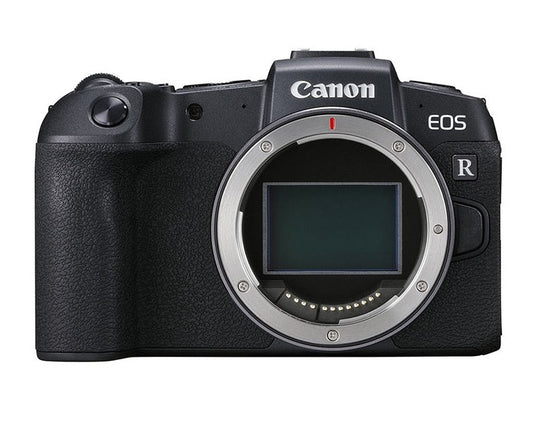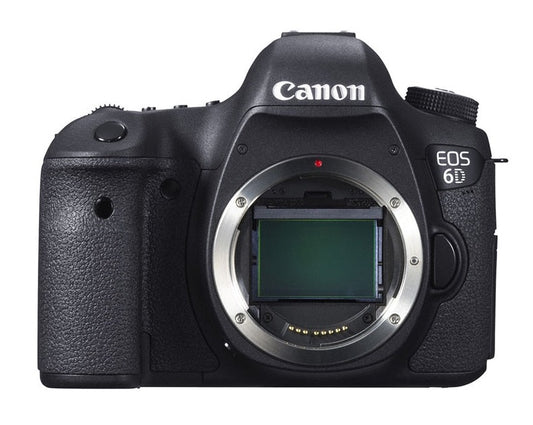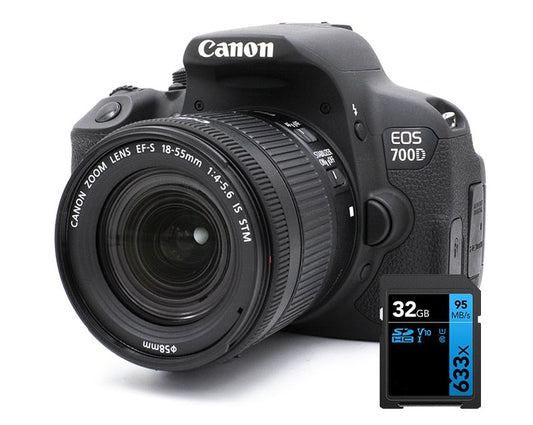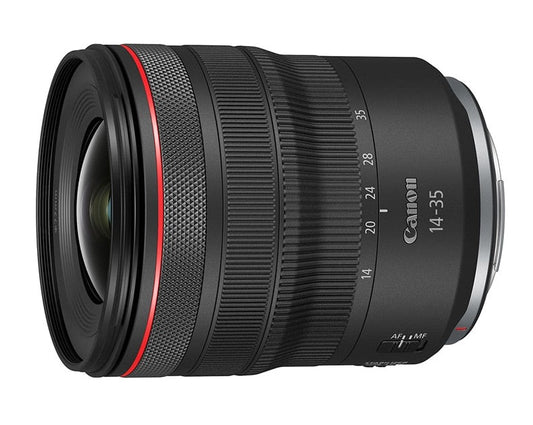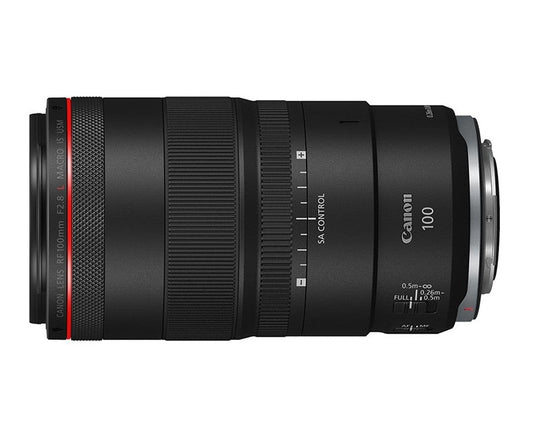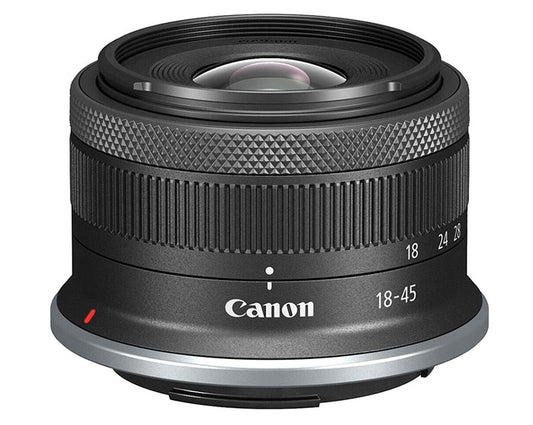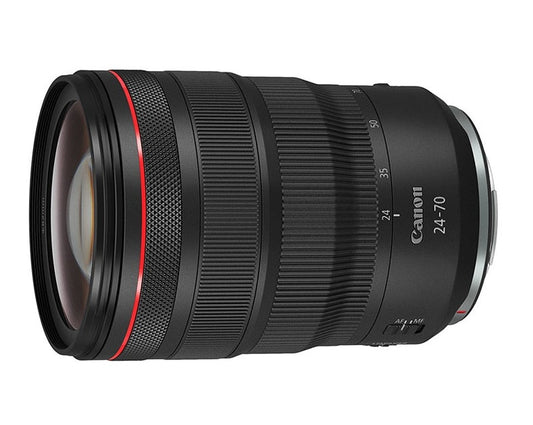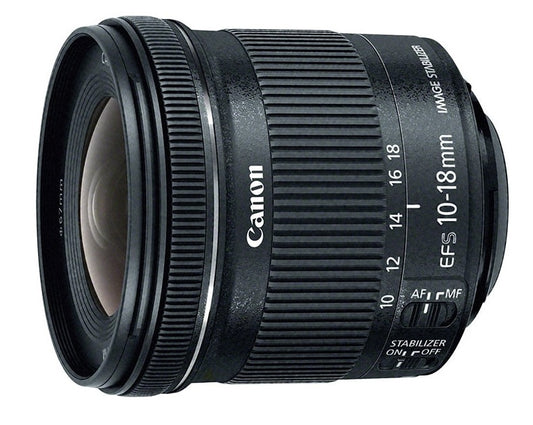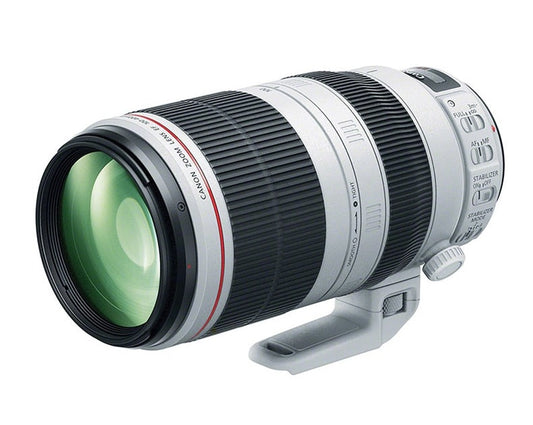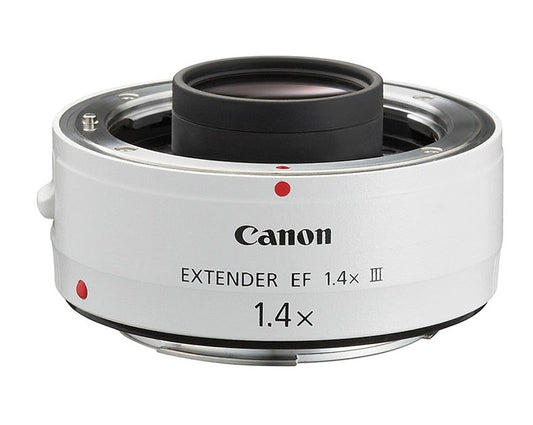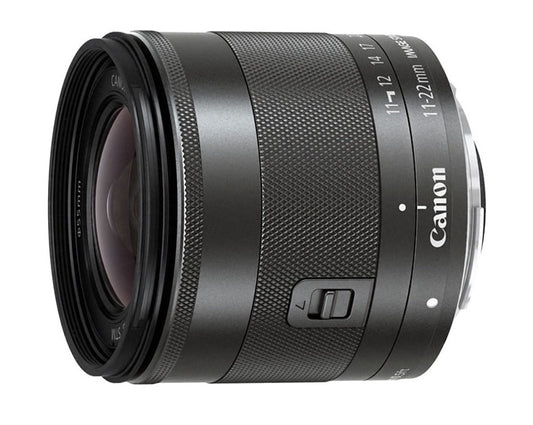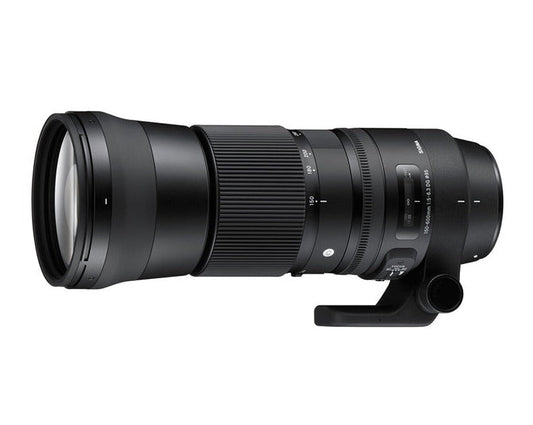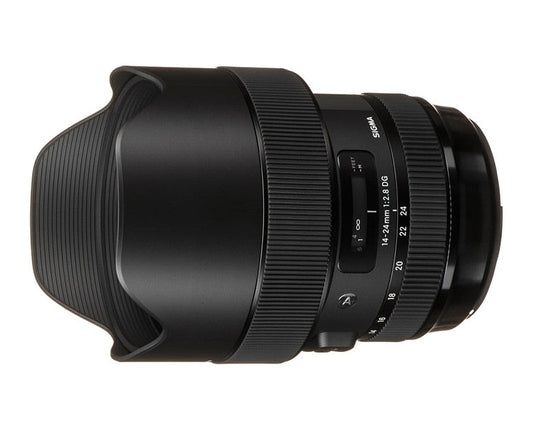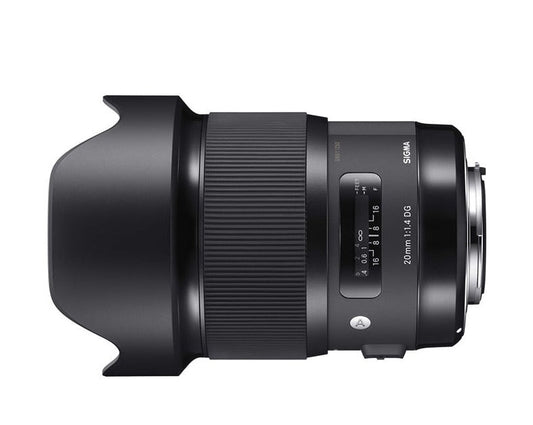Canon EOS R6 Review: A Comprehensive Look at the Mirrorless Powerhouse
Explore the Features, Performance, and Versatility of the Canon EOS R6 for Professional and Enthusiast Photographers
The Canon EOS R6 is a highly sought-after mirrorless camera that has made a significant impact in the world of photography. This comprehensive Canon EOS R6 review dives deep into the camera's features, performance, and versatility. Whether you're a professional photographer or a passionate hobbyist, this review offers valuable insights to help you make an informed decision.

Canon EOS R6 - A Brief Overview
The Canon EOS R6 is a full-frame mirrorless camera that boasts a 20.1-megapixel CMOS sensor and the powerful DIGIC X image processor. It is designed to cater to the needs of both professional photographers and advanced enthusiasts looking for exceptional image quality, speed, and features. The camera offers a wide ISO range of 100-102400, expandable to 204800, 12 fps mechanical shutter, and 20 fps electronic shutter. The Canon EOS R6 also excels in video capabilities, offering 4K at 60fps and Full HD at 120fps.
Ergonomics and Build Quality
The Canon EOS R6 features a robust and ergonomic design, making it comfortable to hold and operate for extended periods. The magnesium alloy body provides durability, while the weather sealing ensures protection against dust and moisture. The camera's deep grip and well-placed controls offer an intuitive user experience, with customizable buttons for easy access to frequently used settings.
The 3-inch vari-angle touchscreen LCD provides flexibility when composing shots, and the 3.69 million-dot electronic viewfinder (EVF) offers a clear and bright view of the scene. The dual SD card slots ensure ample storage and backup options, while the USB-C port allows for in-camera charging and fast data transfer.

Autofocus Performance
The Canon EOS R6 features an advanced Dual Pixel CMOS AF II system with an impressive 6,072 selectable autofocus (AF) points, covering approximately 100% of the frame. The camera excels in tracking subjects, ensuring sharp and in-focus images even in challenging scenarios. The EOS R6 offers exceptional low-light AF performance, capable of focusing in conditions as dim as -6.5 EV.
The Animal Eye AF and Head Detection AF are standout features, providing accurate and reliable focus when photographing wildlife or pets. The camera also offers human eye and face detection, making it an excellent choice for portrait photographers.
Image Quality
The 20.1-megapixel full-frame CMOS sensor and the DIGIC X image processor work together to produce high-quality images with accurate colors, impressive dynamic range, and excellent low-light performance. The Canon EOS R6's wide ISO range allows for shooting in various lighting conditions with minimal noise.
The camera also supports 14-bit RAW capture, providing greater flexibility in post-processing. The built-in Canon Log and HDR PQ options enable capturing video with a wide dynamic range, allowing for more creative control during editing.
Video Capabilities
The Canon EOS R6 is a powerful tool for videographers, offering 4K video recording at 60fps and Full HD at 120fps. The 10-bit 4:2:2 internal recording ensures high-quality footage with smooth gradients and excellent color reproduction. The camera also supports Canon Log, which preserves a greater dynamic range for more creative control in post-production.
The 5-axis In-Body Image Stabilization (IBIS) is a game-changer for handheld video shooting, minimizing camera shake and allowing for smoother footage.

Canon R6 Specs
The Canon EOS R6 is a full-frame mirrorless camera that offers professional-level performance in a compact, lightweight body. Let's take a closer look at some of its key specs:
- 20.1-megapixel full-frame CMOS sensor
- DIGIC X image processor
- In-body Image Stabilization (IBIS) with up to 8 stops of shake correction
- 4K video recording at 60fps
- High-speed continuous shooting at up to 12fps with a mechanical shutter and 20fps with an electronic shutter
- Dual Pixel CMOS AF II with 1,053 autofocus points
- ISO range of 100-102,400 (expandable to 50-204,800)
- Dual card slots (1x SD UHS-II and 1x CFexpress Type B)
- Built-in Wi-Fi and Bluetooth connectivity
Canon R6 Mark II
While the Canon EOS R6 Mark II has yet to be officially released or announced, there are speculations and rumors about its potential features and improvements. Here's what we know so far:
- Improved sensor with a higher resolution (possibly around 24-30 megapixels)
- Enhanced autofocus performance with more AF points and better low-light capabilities
- Faster continuous shooting speeds, likely to surpass the current R6's 12fps with a mechanical shutter and 20fps with an electronic shutter
- Possible improvements to video capabilities, such as 4K 120fps or even 8K video recording
As the R6 Mark II is not yet available, it's important to note that these are only speculative features based on industry rumors and trends.

Canon R6 vs Canon R6 Mark II
Comparing the Canon EOS R6 to the rumored R6 Mark II, we can expect some notable improvements in the Mark II version. The potential for a higher resolution sensor, improved autofocus performance, faster continuous shooting speeds, and enhanced video capabilities make the R6 Mark II an exciting prospect for photographers and videographers.
However, until the official announcement and release of the R6 Mark II, it's difficult to provide a definitive comparison. For now, the R6 remains a powerful and reliable option for those seeking professional-level performance in a mirrorless camera.
Canon R6 vs R5
The Canon EOS R5 is another full-frame mirrorless camera that shares many similarities with the R6, but there are some key differences that may sway your decision between the two:
- Resolution: The R5 has a 45-megapixel sensor, making it better suited for those requiring higher resolution images for large prints or extensive cropping.
- Video capabilities: The R5 can record 8K RAW video at 30fps and 4K video at 120fps, offering more advanced video options compared to the R6.
- Continuous shooting: While both cameras offer high-speed continuous shooting, the R5's mechanical shutter maxes out at 12fps, matching the R6, but its electronic shutter reaches a slightly lower 20fps.
- Autofocus: Both cameras feature the Dual Pixel CMOS AF II system, but the R5 has more AF points (5,940) than the R6 (1,053).
- Price: The R5 is priced higher than the R6, making it a more significant investment.
- When comparing the Canon R6 and R5, the decision ultimately comes down to your specific needs and budget. If you require higher resolution images and more advanced video capabilities, the R5 may be the better choice. However, if you're looking for a more affordable option with comparable performance in most aspects, the R6 is a solid choice.
Canon R6 vs R7
As of now, the Canon EOS R7 is a rumored camera that has yet to be officially announced or released. Speculations suggest that the R7 could be an APS-C sensor mirrorless camera with a focus on speed and performance. Here's what we know so far based on rumors:
- Smaller APS-C sensor, likely with a resolution between 20-30 megapixels
- High-speed continuous shooting, potentially surpassing the R6 and R5
- Improved autofocus performance with more AF points and better low-light capabilities
- Possible enhancements in video capabilities
Until the Canon EOS R7 is officially announced, it's difficult to provide a definitive comparison between the R6 and R7. For now, the R6 remains a powerful and reliable option for those seeking professional-level performance in a full-frame mirrorless camera.

Table Comparison of Canon R6 vs R5
| Specification | Canon R6 | Canon R5 |
|---|---|---|
| Sensor | 20.1 MP Full-Frame | 45 MP Full-Frame |
| Processor | DIGIC X | DIGIC X |
| Image Stabilization | Up to 8 stops | Up to 8 stops |
| Video | 4K 60fps | 8K RAW 30fps, 4K 120fps |
| Continuous Shooting | 12fps (mechanical), 20fps (electronic) | 12fps (mechanical), 20fps (electronic) |
| Autofocus Points | 1,053 | 5,940 |
| ISO Range | 100-102,400 (expandable to 50-204,800) | 100-51,200 (expandable to 50-102,400) |
| Card Slots | 1x SD UHS-II, 1x CFexpress Type B | 1x SD UHS-II, 1x CFexpress Type B |
| Connectivity | Wi-Fi, Bluetooth | Wi-Fi, Bluetooth |

Astrophotography with Canon R6: Unlocking the Night Sky
Astrophotography has become increasingly popular among photographers, thanks to advancements in camera technology that allow for the capture of stunning images of the night sky. The Canon EOS R6, with its impressive low-light capabilities and powerful features, is an ideal camera for this pursuit. In this blog post, we'll explore how to get started with astrophotography using the Canon R6, along with tips, techniques, and settings to help you capture breathtaking images of the cosmos.

Gear Essentials for Astrophotography with Canon R6
Before diving into astrophotography techniques and settings, let's review the essential gear you'll need for capturing the night sky with your Canon R6:
- Sturdy tripod: A stable and robust tripod is crucial for keeping your camera steady during long exposures.
- Wide-angle lens: A fast, wide-angle lens (e.g., 14-24mm f/2.8 or 16-35mm f/2.8) will allow you to capture more of the sky and minimize star trailing.
- Remote shutter release or intervalometer: These accessories help prevent camera shake when pressing the shutter button, ensuring sharper images.
- Extra batteries: Long exposure times can drain your battery quickly, so having spares on hand is a smart move.

Planning Your Astrophotography Shoot
- Location: Find a dark location away from city lights to minimize light pollution, which can wash out the night sky. Websites like Dark Site Finder can help you locate suitable spots.
- Weather: Clear skies are essential for astrophotography. Check local forecasts and use apps like Clear Outside or Sky Live to predict cloud cover and visibility.
- Moon phase: The moon's brightness can impact your ability to capture the stars. Aim for a new moon or a night when the moon is below the horizon.
Camera Settings for Astrophotography with Canon R6
Now that you have your gear and a plan, let's discuss the ideal camera settings for astrophotography with the Canon R6:
- Mode: Set your camera to Manual (M) mode to have full control over aperture, shutter speed, and ISO.
- Aperture: Use the widest aperture available on your lens (e.g., f/2.8) to capture as much light as possible.
- Shutter speed: Start with the "500 Rule" (500 divided by the focal length of your lens) to calculate the longest shutter speed you can use without causing star trails. For example, with a 16mm lens, your shutter speed should be around 30 seconds (500 / 16 = 31.25).
- ISO: Start with an ISO of 1600 or 3200 and adjust as needed to balance image brightness and noise.
- Focus: Switch to manual focus and use Live View to focus on a bright star, magnifying the image to ensure the sharpest focus.
- White balance: Set your white balance to "Daylight" or "Kelvin" (around 3800-4000K) for a natural color balance in your night sky images.
- Image stabilization: Turn off any in-body or lens-based image stabilization, as it can cause blurring during long exposures on a tripod.
Techniques and Tips for Stunning Astrophotography with Canon R6
Finally, let's explore some techniques and tips to help you capture incredible astrophotography images with your Canon R6:
- Framing your shot: Look for interesting foreground elements to add depth and context to your night sky images. Trees, mountains, or man-made structures can make your photos stand out.
- Shooting in RAW: Capture your images in RAW format to retain more information and detail, giving you greater flexibility in post-processing.
- Use the self-timer or remote shutter release: To prevent camera shake, use the self-timer function (2 or 10 seconds) or a remote shutter release when taking your shots.
- Experiment with exposure stacking: Take multiple shots of the same scene and stack them in post-processing software like DeepSkyStacker or Sequator to reduce noise and improve image quality.
- Try star trails: For a different take on astrophotography, use longer shutter speeds (2-5 minutes) to create star trails. You can also stack multiple shorter exposures to achieve a similar effect.
- Capture the Milky Way: Plan your shoot during the Milky Way's peak visibility (typically between March and October in the Northern Hemisphere) and use apps like PhotoPills or Stellarium to determine its position in the sky.
- Editing your images: Utilize software like Adobe Lightroom or Capture One to bring out the details and colors in your night sky images. Adjust the exposure, contrast, and color balance, and use noise reduction tools to enhance your final result.
Conclusion
The Canon EOS R6 is an exceptional full-frame mirrorless camera that offers a fantastic combination of performance, features, and value. While the rumored R6 Mark II and R7 may bring some improvements, the R6 remains a top contender in the market, especially when compared to the more expensive R5.
Ultimately, the choice between
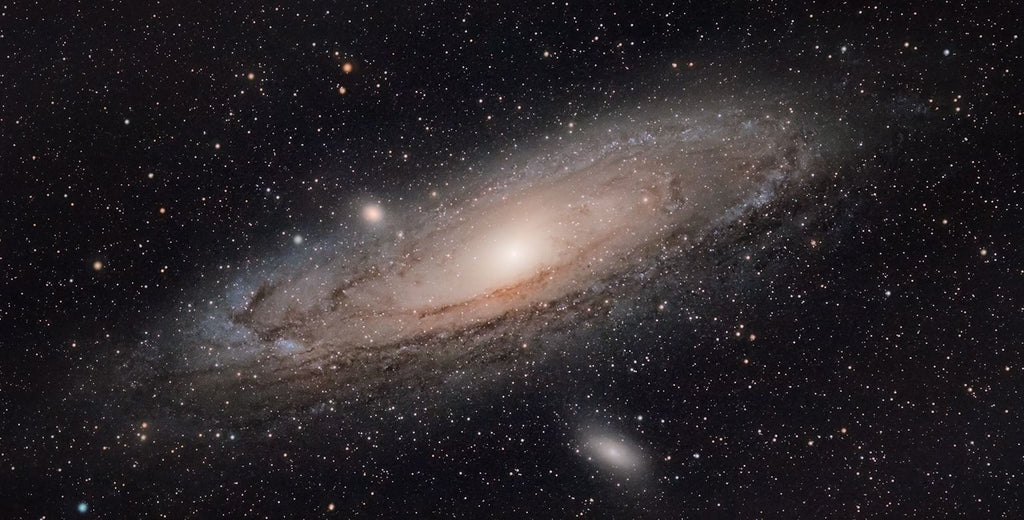
The Canon EOS R6 is a powerful tool for astrophotography, offering impressive low-light performance and a range of features that make capturing the night sky easier and more enjoyable. By following the tips, techniques, and settings outlined in this blog post, you'll be well on your way to creating stunning images of the cosmos.
Remember, astrophotography takes practice and patience, so don't get discouraged if your first few attempts aren't perfect. Keep experimenting with different settings, techniques, and locations, and soon you'll be unlocking the beauty of the night sky with your Canon R6. Happy shooting!
More Camera Topics:
- When Was the Camera Invented
- What is ISO in Photography
- Best Planetary and Lunar Cameras
- Astronomy Camera Color or Mono
- Mirrorless Camera vs DSLR
- Canon M50 Review
- Nikon D5600 Review
- Best Lens for Astrophotography Canon
- Best Lens for Astrophotography Nikon
- Best Lens for Astrophotography Sony A7iii
- Best Lens for Astrophotography Fujifilm
- Best Lenses for Astrophotography









